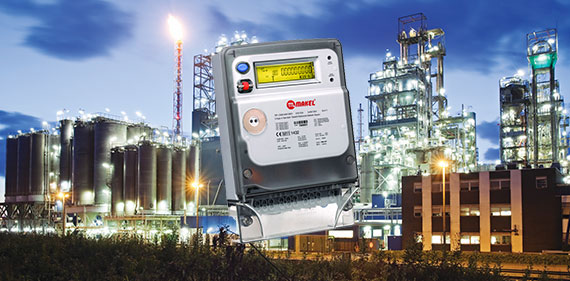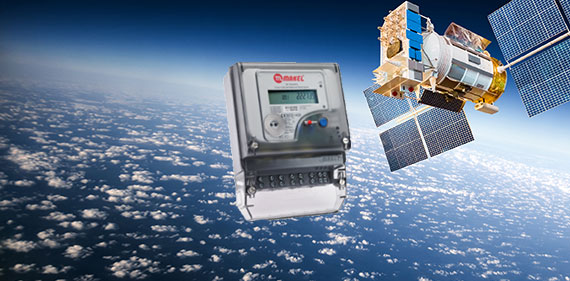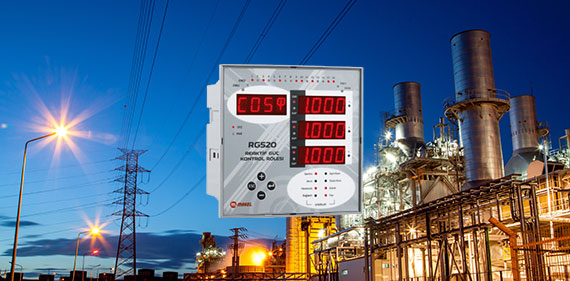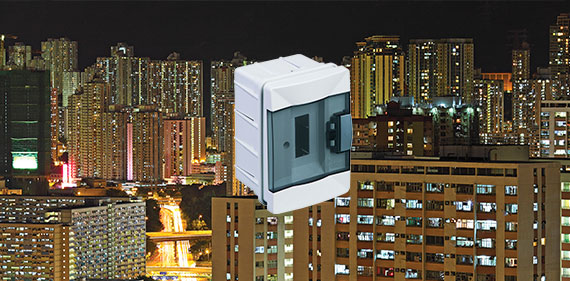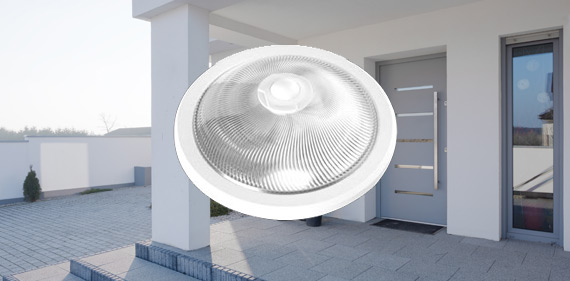

How Should Electrical Grounding Be Done? Practical Applications and Makel Solutions
You will have been working on many panels at some stage and know the frustration of tightening the final screw, blowing off some dust and then suddenly thinking: "Are my external grounding points still operating effectively?" It is one of the few things that remain silent and behind the scenes - however it can determine whether the whole installation operates safely or becomes a nightmare.
Grounding is the quiet guardian of an electrical system.
This guide will explore the essential elements - sometimes briefly, sometimes taking a slight diversion, but always with the ultimate goal of showing how grounding needs to be carried out in actual site installations and highlighting where Makel's modern protection products can help make your work easier.
The True Objective of Grounding: To Keep the System Stable
Many people describe grounding as "only providing a path for fault current" - which is the tip of the iceberg. An effective grounding line does much more than that; it:
-
Reduces the risk of electric shock
-
Ensures that leakage currents flow harmlessly
-
Provides a balancing effect when there are unforeseen variations in voltage
-
Helps protect against lightning-induced overvoltage
-
Protects sensitive equipment
-
Increases the lifespan of panels and components
Practical field testing across Europe shows that having grounding values less than approximately 2 ohms increases the overall reliability of the installation - which is very impressive considering that the properties of the soil will provide some degree of variability on this value.
Why Grounding Systems Fail So Frequently
Many old facilities show similar problems:
-
Ground rods that have corroded and failed
-
Single ground rod installed - regardless of size of facility
-
Poor soil conductivity due to low moisture content
-
Loose clamps or undersized wiring
At times everything appears to be in order... however, a single bad connection causes the whole chain to fail silently. And nobody realizes this until someone receives an electric shock or an RCCB starts continuously tripping for "no apparent reason."
Implementing a Proper Grounding System
Now, before we discuss Makel's solutions, we need to establish some guidelines... literally.
1. Selecting the Correct Grounding Rod
Copper-Clad Rod
Versatile, durable and suitable for most buildings.
2. Galvanized Rod
More affordable, but has significant problems with corrosion.
3.Solid Copper Rod
Highest quality, but highest cost.
Technicians generally use copper-clad rods for most buildings as their long term performance is so much more consistent.
What Resistance Values Mean
Checking grounding resistance is not just checking a number and walking away.
Check grounding resistance during dry weather to obtain accurate readings
Install sufficient distance between each grounding rod
Utilize proper fall-of-potential testing methods
If the soil prevents you from achieving less than 1 ohm, that's okay. Long term stability is more important than obtaining the lowest possible reading.
Why the Grounding Bar Matters
Once you get inside the distribution board, the grounding bar acts as the "central hub" for all grounding conductors.
-
Gathers all grounding conductors together
-
Enhances detection accuracy of RCCBs
-
Functions along side lightning protection, if applicable
Loose connections or corroded surfaces can ruin the entire process. A general rule of thumb is to utilize a minimum 16mm² copper connection for the grounding bar.
Grounding in Modern Installations Requires a System - Not Just One Rod
Typically, a modern, 2025 level installation will consist of:
-
Building foundation grounding
-
Ring conductor around the building
-
Correct placement of earthing plates during construction
-
Grounding bars in main and sub-panels
-
RCCBs and/or RCBOs
-
Surge protection devices (SPDs)
Each component provides a consistent performance throughout the lifetime of the installation.
Where Makel Solutions Fit In
Finally, here comes the section you were looking for: Makel's solutions related to grounding and protection - but described in a natural, trade focused manner.
Makel RCCB & RCBO - Heart of Human Safety Protection
Grounding becomes significantly more effective when combined with sensitive protection products.
Makel's RCCB and RCBO series are commonly found in residential and commercial settings as they function accurately based upon earth leakage.
The advantages of using Makel RCCB and RCBO with a grounding system:
Sensitive 30mA protection for human safety
High sensitivity 300mA protection for fire protection in larger commercial settings
Rapid trip times (in testing < 40ms)
Stable performance in unstable grid environments
The fundamental idea:
An effective grounding system + Makel RCCB/RCBO = a protective system that functions as intended at the right moment.
To put it another way, a surprising amount of nuisance trips experienced in buildings result from inadequate grounding. Once the grounding is corrected, Makel's RCCBs typically operate consistently and predictably.
Makel Grounding Bars, Clamps and Panel Products
While the grounding system itself is primarily made up of rods placed underground, the interior of the panel is equally as critical.
Makel's grounding bars and clamps ensure:
-
Resistance-free contact surfaces
-
Consistent tightening force (i.e. no unexpected loss of connection)
-
Mechanical integrity
-
Ease of integration within modern panel designs
These small parts may appear insignificant, but they represent the true "glue" that maintains the integrity of the system.
Makel SPDs - Converting Grounding to Effective Surge Protection
Many people have a misconception regarding SPDs. They believe that an SPD merely "blocks lightning."
However, in fact, an SPD is designed to work in conjunction with grounding.
During an overvoltage event:
-
The SPD directs excessive voltage to the earth
-
The grounding system absorbs this without the potential rising excessively
-
Equipment inside the building remains protected
If the grounding system has excessive resistance?
Then the SPD cannot perform its function as intended. Therefore, grounding + SPD should be considered mandatory for any modern building.
Makel's SPD units provide:
Type 2 and Type 3 protection options depending on the design of the panel
Replaceable cartridge
Indicators for the end of the product's useful life
Thermal disconnect systems
Therefore:
Good grounding makes a Makel SPD a genuine protective barrier rather than simply a formal requirement.
Frequently Asked Questions (FAQ)
What grounding resistance should I target?
For most buildings, values between 1 and 5 ohms are typical. However, the soil type and local regulations will affect this value.
Will an RCCB function without a grounding system?
No, it will not properly. Nuisance trips occur frequently due to a lack of grounding.
Do I need to install more than one grounding rod?
Almost always. Using multiple rods or installing a ring grounding system will provide more consistent results.
How often should I test my grounding system?
Testing every 1 to 2 years is a reasonable interval.
A Final Thought Before You Go...
The next time you complete an installation, ask yourself:
"Would this grounding system continue to operate the same in 5 years?"
If the response is uncertain, adding one additional grounding rod or replacing your clamps is not a bad idea. Safety is often hidden in those seemingly mundane details.







